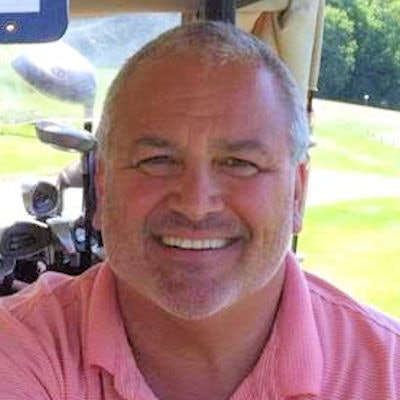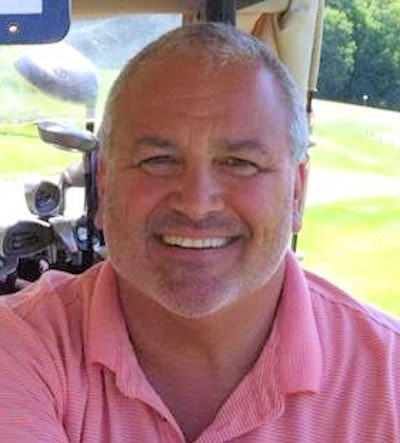
In the third article in my series on leadership and team building, I want to discuss some theories and methods developed and used to create a cohesive team. You'll notice how the information from the previous two articles (on leadership versus management and leadership styles) intertwines with the team-building models. Remember, learning your leadership style and what style works best in a dental office setting is important.
The two models we will be touching on in this article are Tuckman's stages for a group and Hackman's five factors. Bruce Tuckman developed his model in 1965, and it still has value. His model is great for tackling problems, finding solutions, and delivering results. Richard Hackman developed his model based off of research from Harvard University in 2002. He focused on what made certain groups successful and identified factors that can increase the chances of success.
 Dennis Pezzolesi, DMD.
Dennis Pezzolesi, DMD.Let's start with Tuckman. His model has four stages: forming, storming, norming, and performing.
Forming is exactly what it sounds like. This stage is where we bring together the group of individuals who form a team. This is where we form relationships between team members, as well as clarify the team's mission. In dentistry, we may find that we have to revisit this stage as we add new team members. As the leader, you must be hands-on, giving crystal clear direction and specific roles to each member.
Storming is where the team members get to express their opinions. It is important that the leader directs this information into a productive channel. Your leadership style switches to supportive mode, with you becoming sort of a guide. Team storming is essential for identifying ideas and potential roadblocks and for the leader to see how cohesive the team may be.
Norming is the stage where the leader goes from "manager" to team member. The team members, at this point, are learning about each other more and more, building a cohesive unit and team pride. This is where being a coach and mentor really takes effect.
Finally, there is performing. This is where the fruits of your labor start to present themselves. You've created a cohesive, focused team. Morale at this stage should be high. Confidence in their ability to identify, discuss, and come up with solutions to all issues becomes seamless. You have led your team, using a few different styles to gain success.
Hackman's five factors model consists of the following: being a real team, compelling direction, enabling structure, supportive context, and expert coaching. Let's see what each factor has to offer.
Being a real team involves three elements: Members have a shared task, boundaries state who is in or out of the group, and the group is stable. The toughest part of this is the stability of the group. Especially these days with COVID-19, we see how our team dynamic can change significantly.
The second factor, compelling direction, contains specific, measurable, achievable, relevant, and timely (SMART) goals. Goals are essential to any group, and goals have zero meaning unless they follow these five principles. As the leader, it's your responsibility to ensure that all of your practice's goals are defined as such.
Enabling structure is the factor that drives cohesiveness. You direct the tasks by offering variety and specific assignments, and you should then be able to step back and let the team create and complete. In this factor, good social skills and rapport between team members are essential.
Supportive context is mostly for larger corporations and organizations, and it's important to note that as dentistry moves toward large group practices and even greater-sized dental service organization (DSO) groups, smaller groups can support the larger group in tasks at hand.
There are three elements to this: reward, development, and information. Reward is linked to the performance of the team or group. Development is the educational aspect to enhance team members' skills. Information is the element that involves easy access to everything the team needs to be successful.
Finally, there is expert coaching. Through the appraisal/review and day-to-day management of the team, you'll be able to identify where individual coaching needs to happen. Remember from the article on leadership styles that the transformational leader has the most impact, and, as you can see in both these models, success comes from that leadership.
In dentistry, our teams may be small -- four to five people -- or larger -- 20 to 30 people: It doesn't matter. These principles can be tailored to each individual situation. You, as the leader, need to identify your core style, learn and develop the other styles, and guide your team to success. Start by getting your vision and mission statement for the practice (there will be more on that in a future article). These techniques will allow you to have productive meetings, get the most out of your team, and create success in your practice.
Dennis Pezzolesi, DMD, is the president and CEO of AD Dental and an Aspen Dental practice owner. He has 33 years of experience in clinical dentistry. AD Dental is a full-service business development and consulting firm that consists of his Aspen practice, as well as consulting, training, practice valuation, and mergers and acquisitions (M&A) advisory. He can be reached by email.
The comments and observations expressed herein do not necessarily reflect the opinions of DrBicuspid.com, nor should they be construed as an endorsement or admonishment of any particular idea, vendor, or organization.



















